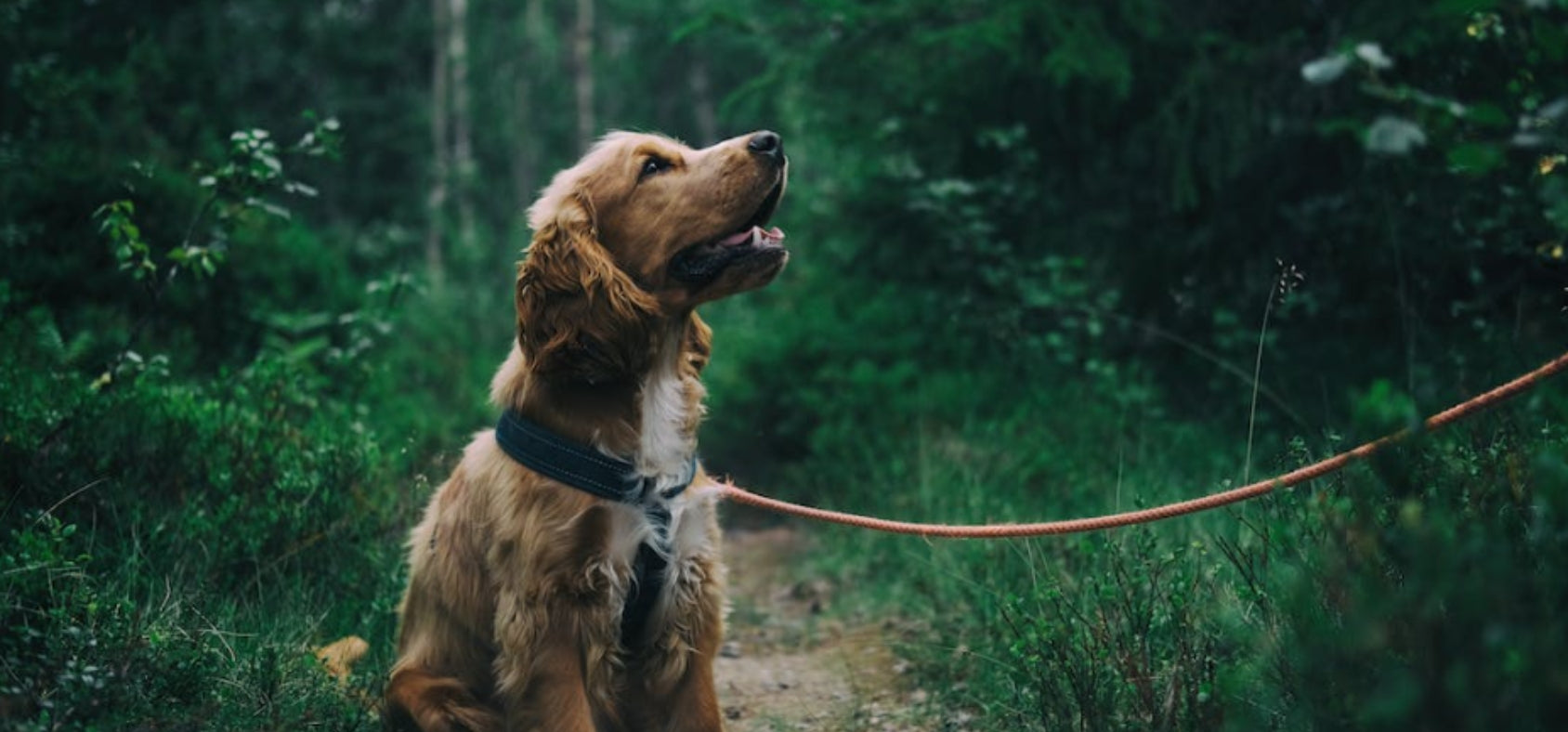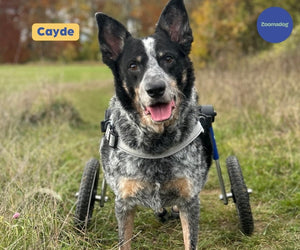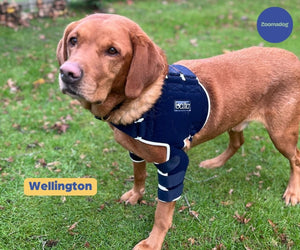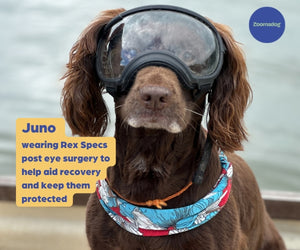01730 622544

Caring for Your Dog After Orthopedic Surgery: What Your Vets Not Telling You.
Written by Erin at Top Dog Health for Dr J St Clair!
If you know anything about me, you know that client education is a topic that I am extremely passionate about. If you do not know me, then hold onto your britches because this ride is going to get a little bumpy. First off, let me say that I love my profession and I love the veterinary oath, which all veterinarians vow to live by. I truly care about and respect all of my colleagues for their kind hearts and dedication to animals. But there is nothing that disappoints me more than when my colleagues fail to give their clients the tools they need to keep their beloved pets happy and healthy, especially post-orthopedic surgery.
It is literally shocking to see just how many clients spend thousands of dollars on their pets orthopedic surgery, from ACL repairs to Total Hip Replacements, and yet are sent home with zero instructions from their veterinarian just thank you, good luck, pay at the desk. This is especially frustrating because the simple-to-perform therapies and exercises that clients can do at home actually form the basis for a successful recovery for their pet and they're being completely neglected. A simple explanation of icing, heating, massage, range of motion, stretching or any strengthening exercises whatsoever for a dog who has just torn their ACL could mean the difference between whether or not they tear the other one, and have to go under the knife again. I'm here to tell you why this lack of client education is happening, what I'm doing about it, and most importantly, what you can do about it.
First, a Brief Story In my last year of veterinary school, the university had just started what they call a canine rehabilitation program. Basically, this is physical therapy for dogs, and veterinarians or physical therapists can go through the program to become certified in canine rehabilitation. While canine rehabilitation has roots dating back as far as the early 80s, it still did not gain mass popularity until the last ten years or so. The concept of post-surgical physical therapy for animals really hit a chord with me and my passion for the field grew very quickly.
In 2004, I opened my first canine rehabilitation facility called TopDog Canine Rehabilitation Fitness, located in Hamden, Connecticut. At the time, like most entrepreneurs, I had the misconception that if I build it, they will come. I quickly realized that this was not the case, and it was going to take years of continued education and proof that rehabilitation works before my business was going to be consistently busy. I also knew in my heart that it was just a matter of time until canine rehabilitation would be acknowledged and respected as one of the fundamental disciplines of the animal health industry. I found that ninety percent of the owners whose pets I was treating were seeking me out of their own violation, not because of a recommendation from their veterinarian. At first, I got really angry that my colleagues did not see the value in canine rehabilitation. Over time I came to understand that it is simply hard to teach an old dog new tricks, no pun intended. The truth of the matter was that most veterinarians had never had any real exposure to canine rehabilitation, other than reading about it in trade journals, so it was hard for them to directly see the benefits.
It Gets Worse
At each post-surgery initial consultation with the pet owner, I would ask them to bring me the take-home instructions provided by their veterinarian. This is when I realized just how widespread the problem was, as they almost always had none. Think about it for two seconds. If this were a person having major orthopedic surgery, what would the aftercare look like for them? It would be obvious that icing, moist heating, range of motion, and professional physical therapy would play a major role in post-surgical aftercare and would be fully emphasized by their doctor. If this is the standard of care for people, don€™t you think this should be the standard of care for our pets, as well? Don't you think that your veterinarian should be recommending this to you?
What I Did About It
Well, at this point, I got downright mad and decided that I was going to change this forever. For years I had been writing detailed, personalized instructions for my clients on what they should be doing at home with their dogs between therapy sessions with me. Most of the time, much of what I was writing was repetitive. Therefore, I began putting together handouts on the fundamental basics of rehabilitation. Today, these instruction guides are known as the TopDog Home Rehabilitation Guides: Step-by-Step Instructions to Post-Surgical Home Therapy for Pet Owners. Since 2007, thousands of pet owners have used these guides to help their dogs recover and we are very proud of that.
What You Can Do About It
1) When your dog undergoes orthopedic surgery, expect the best from your veterinarian and the animal hospital.
2) Expect to receive explicit instructions on how you are going to help your dog get back to 100%.
3) If your veterinarian does not provide this information, or you want more information, you can download our TopDog Home Rehabilitation Guides absolutely FREE. These will give you step-by-step instructions on the many simple at-home exercises that are key to helping your dog recover post-orthopedic surgery:
4) Do not ever hesitate to go online and learn more, but be careful what you read and believe: not every website is a credible source. At the end of the day, the more educated and informed you are, the better you will be able to help your pet recover.
5) Share the knowledge. If you downloaded a TopDog Home Rehabilitation Guide and found it useful, then by all means, show it to your veterinarian and tell them about it. Bonus Motivation In conclusion, I'll leave you with a little extra motivation to take matters into your own hands when it comes to your dog's recovery. When a dog tears their ACL (which is the most common canine orthopedic injury), the majority of veterinarians will tell their clients that their dog has a 50% chance of blowing the opposite ACL within a one-year time period. Since the inception of TopDog Rehabilitation, we have seen thousands of post-ACL patients.

Looking for help with your dog?
We can help find the right solution for your dog
Feel free to give us a call on 01730 622544
or email us at woof@zoomadog.co.uk







Leave a comment